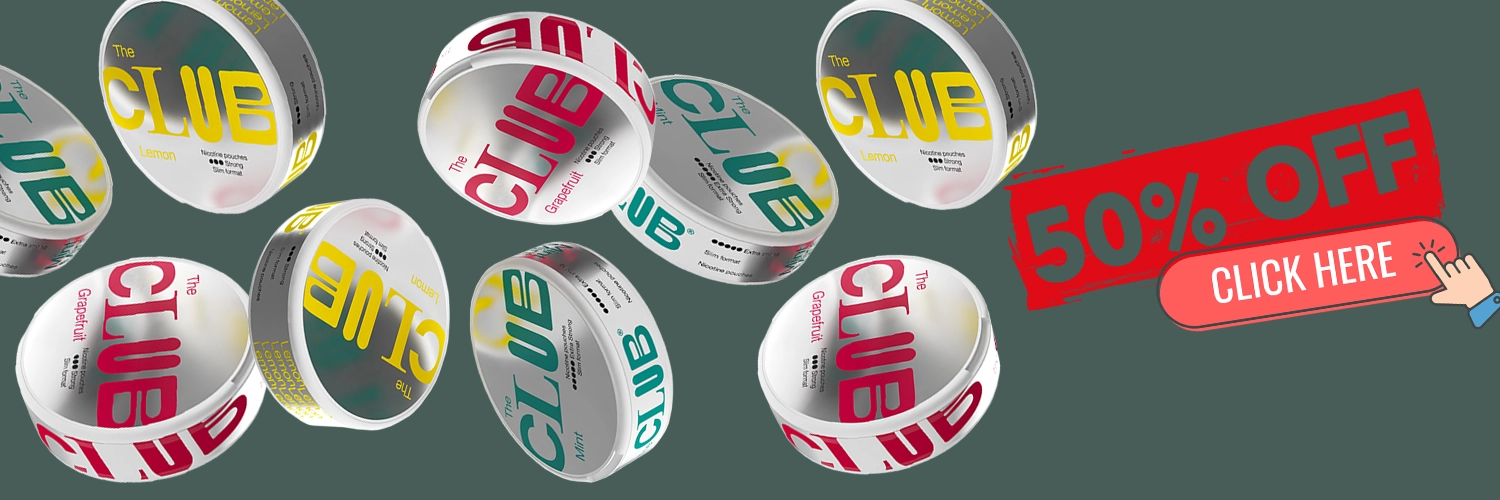Tobacco consumption has a rich and diverse history, with various forms of smokeless tobacco emerging across different cultures. In this blog post, we’ll delve into the nuances of three popular smokeless tobacco products: Swedish snus, dip, and chewing tobacco. While they may share a common category, each has distinct characteristics, production methods, and cultural associations.
- Swedish Snus: A Tradition of Innovation
- Production Method: Snus is a smokeless, moist tobacco product that originated in Sweden. It is made by blending finely ground tobacco with water, salt, and sometimes flavorings. Unlike other smokeless options, snus undergoes a pasteurization process rather than fermentation, resulting in a unique taste and lower levels of certain harmful substances.
- Usage: Snus comes in small pouches that users place between their upper lip and gum, allowing for a discreet and convenient experience.
- Regulation: In Sweden, snus is subject to strict quality standards, and its sale is legal. However, its availability is limited in the European Union due to tobacco regulations.
- Dip (Chewing Tobacco): A Slice of American Tradition
- Production Method: Dip, or chewing tobacco, is a form of smokeless tobacco popular in the United States. It is made by fermenting and curing air-dried tobacco leaves, often with added sweeteners and flavorings. Users take a pinch of the loose tobacco and place it between their lower lip and gum.
- Usage: Dip is deeply ingrained in American culture, especially in rural and Southern regions. It is commonly associated with sports like baseball and has a strong presence in certain subcultures.
- Health Concerns: The fermentation process in dip produces higher levels of certain chemicals, leading to potential health risks such as an increased risk of oral cancer and gum disease.
- Chewing Tobacco: A Historical Perspective
- Production Method: Chewing tobacco, also known as loose leaf chewing tobacco, is produced similarly to dip. It involves the fermentation and curing of tobacco leaves, but chewing tobacco is typically coarser in texture.
- Usage: Traditionally, users would chew the tobacco leaves, but modern variations often come in a packaged form. Chewing tobacco is placed in the cheek or between the gums and teeth.
- Cultural Impact: Chewing tobacco has historical significance, dating back to Native American traditions. Over time, its popularity has waned, but it remains a part of certain cultural practices and rituals.
In the world of smokeless tobacco, Swedish snus, dip, and chewing tobacco stand out as distinct options, each with its own production methods, usage traditions, and cultural associations. While these products share a category, consumers should be aware of the differences in manufacturing processes, health considerations, and regional popularity when making informed choices about their tobacco consumption. As attitudes toward tobacco continue to evolve, understanding these nuances becomes crucial for those seeking alternatives or looking to better comprehend the cultural contexts surrounding these products.



